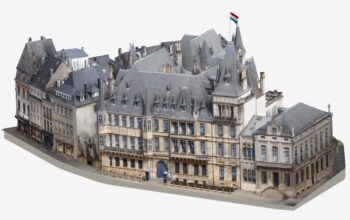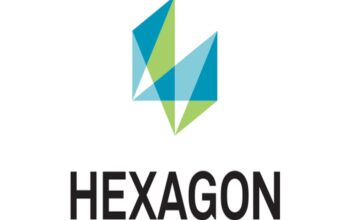SurfaceSens technology was developed by FormFactor’s FRT Metrology engineers to provide superior information concerning the measuring sample and broader interpretations of product quality.
FormFactor offers the option to combine complementary sensor technologies with any of their FRT MicroProf® metrology instruments. Previously unavailable surface data of wafers or other sample surfaces are precisely quantified in a hybrid analysis process.
Users have the option to mix distinct metrology and inspection measuring concepts using SurfaceSens to achieve maximum versatility.
Even for top and bottom sample measurements, the set-up with various optical sensors, such as point, line, and field of view sensors, enables flexible results regarding several surface parameters, including topography, roughness, TTV bow and warp, flatness, coplanarity, sample and layer thickness, and many others.
Retrofitting sensors create more adaptable alternatives for future measuring operations, such as exchangeable and individual sample containers. With FRT MicroProf plus SurfaceSens, users can swiftly, effectively, and reliably complete any measuring duties.
Point Sensor
- Fast on large areas
- Extremely flexible
- Any scan ranges
Field of View Sensors
- Large areas via stitching
- Highest resolution
- Fast on small areas
Film Thickness Sensors
- Multi-layers of multi layers
- Superior resolution
- Large measurement range
Atomic Force Microscopy
- Easy handling
- Nanometer resolution
- Large scan area
Point Sensor
The CWL is a swift optical point sensor that operates under the chromatic distance measurement principle. The CWL’s non-destructive approach can be used effectively on high and low-reflective surfaces.
The SLS, a fast optical line sensor, is the best option for applications that require high measuring speeds. It operates on the same chromatic distance measurement principle as the CWL. This sensor captures 192 measurement places evenly distributed along a line, as opposed to only one. Thus, a sample can be scanned in a fraction of the time demanded by point sensors.

Image Credit: FormFactor Inc.
Confocal Microscope
The confocal microscope’s (CFM) measuring principle is a non-contact measuring technique for quick and accurate 3D measurements of microscopic structures. Meaningful findings are provided in seconds due to the area-based confocal measuring method.

Image Credit: FormFactor Inc.
White Light Interferometer
An optical 3D surface sensor, the white light interferometer (WLI), is founded on the white light interferometry method. It has good height resolution in the sub-nanometer range and is distinguished by rapid, flat topography readings.

Image Credit: FormFactor Inc.
Thickness Sensors
Optical film thickness sensors employing interferometric or reflectometric methods determine the film thickness non-destructively in the range of a few millimeters to under one nanometer. The thickness of transparent thin films and layer stacks can be measured using the thin film sensor FTR.
The spectrally resolved reflection measurement and advanced assessment software form the foundation of the FTR thin-film sensor. FRT enables thickness measurement with IRT for materials that are opaque to visible light but transparent to infrared radiation.
The IRT is a specially designed interferometric film thickness sensor that uses an infrared light source to measure the thickness of materials that are transparent to near-infrared light.

Image Credit: FormFactor Inc.
Atomic Force Microscope
An atomic force microscope (AFM) can be integrated if the optical sensor’s high spatial resolution is insufficient. Sub-nm resolution topography measurements are possible using the AFM. FormFactor also provides an AFM that can be mounted on a light microscope like a regular objective lens to increase the instrument’s resolution and measurement capabilities.

Image Credit: FormFactor Inc.
This information has been sourced, reviewed and adapted from FormFactor Inc.










